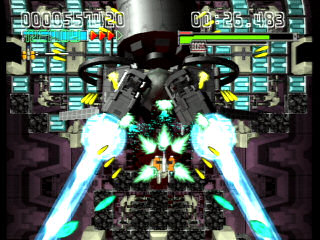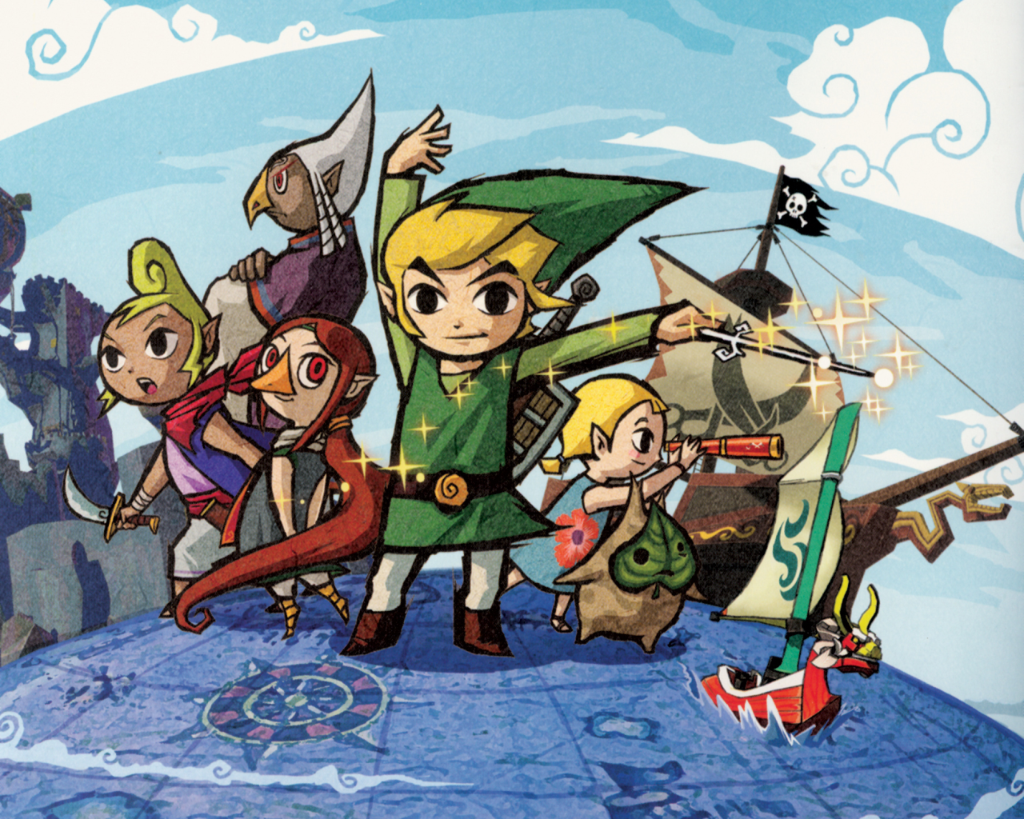
Nintendo is well known for taking Mario and putting him into games of unexpected genres, and usually adding their own unique twist to that genre. One of the best examples is the Paper Mario series, a simplified take on RPGs that has secured a distinct following in the gaming community. Starting out on the Nintendo 64, it became one of the few RPGs for the system, which continued with a sequel on the Gamecube. Unfortunately, the latest entry in the series has abandoned the RPG elements in lieu of standard 2D platforming. So today, I'm going to review the last RPG in the series, and one of the most fun games for the Gamecube.
Gameplay
Paper Mario 2 [or Paper Mario: The Thousand Year Door, if you're not into the whole brevity thing] is a very different kind of RPG. It is still turn-based, like most games in the genre, but it includes much more user input than most. During battle, you can press buttons at certain times in order to make an attack more powerful. Most attacks actually depend on precisely-timed button presses for maximum damage. This works very well for keeping you interested and engaged in the battles, as you have to pay close attention as to how you execute your moves. You're not just going through menus; it really feels like you are doing the actual fighting. Another abnormal aspect of the battle system is the low scoring, in that even late in the game, you probably won't reach a maximum of 100 HP. In fact, the toughest boss in the game, which is a hidden one, at that, only has 200 HP. If you're used to playing RPGs with comically-high status numbers like Disgaea, get ready for a bit of a shock. But, after getting used to the system, I came to the conclusion that it works just fine for this type of game. Paper Mario 2 is meant to be a simple, entry-level RPG, and it succeeds greatly on this level. A nice touch to the battles is that you can see enemies on the screen, and launching a preemptive attack on them gives you an edge in the coming battle, much like in the Persona series, only much more lenient. You can tell that a heavy emphasis was put on interactivity in the battles, and that Nintendo wanted to stay as far away from the stereotypically dull battles of most turn-based RPGs. The world map is also atypical, in that it is not an actual map; just an overall collection of normal screens. It is an odd, but effective way to make the world seem big. Instead of conveying it artificially by a world map, it really makes you move across the world by yourself, if you can see what I mean. There are warp pipes that let you go long distances, but that is about it. The gameplay in Paper Mario 2 is best described as unique, and is much better for it. It always keeps you interested, and coming back for more.
Gameplay: 10/10

Story
Since Paper Mario 2 is an RPG, I can't use the standard cop-out here. Luckily, there is actually a very good story, but, in true Mario fashion, in anything but an ordinary way. Instead of telling a dramatic, epic tale like in most games of the genre, it goes for a much more lighthearted and humorous approach that is quite refreshing. The characters are witty, colorful, and interesting; the villains in particular are a total riot, and it is almost a shame you have to fight them! Another nice part about the game is the fantastic locations you visit. A floating vegas-esque city, a monochromatic giant tree, and even the moon! There is an unbridled sense of creativity in the game, making it always a joy to play. As I said, the dialogue is entertaining, the locations are unique and interesting, and everything is just plain fun. Kudos to Nintendo for doing something different, and making it work.
Story: 9/10

Sound
As you might expect, the audio in Paper Mario 2 has a perky, whimsical quality. It's anything but serious, and suits the game nicely. Nintendo gave it a whole lot of personality, even in the [relatively] dramatic moments, it still sounds funny, in a good way. The sound effects are also humorous, making the entire audio experience in Paper Mario 2 to be something humorous and quite fun. Few of the tracks feel truly out of place, so for most of the areas you will encounter will be accompanied by a suitable tune. The only bad thing I can say about the audio seems awfully low-fidelity for a Gamecube game; sounding more like its Nintendo 64 predecessor than other disc-based games. Other than that, you are in for some nice tunes in Paper Mario 2.
Sound: 8.5/10
Graphics
The Paper Mario series employs a unique art style that can best be described as faux-3D: 3D models that look like 2D sprites. It gives the game a certain charm that few other games can match, and allows for some incredibly expressive animations, mostly from Mario himself. Everything looks full of life and is vibrant and colorful, and even the one level that is intentionally monochromatic is still infinitely more interesting than most games that are unintentionally so. I cannot overstate how great the animations are in Paper Mario 2; they give a great amount of characterization, and can describe a character just as well as dialogue. Since the game supports progressive scan 480p, the faux-2D visuals look especially nice at a higher resolution. Yet another reason too seek out a Gamecube Component Cable. ;) Another excellent aspect of the graphics is the amount of models that can be on the screen at once; the game obviously borrowed some ideas from the famous 'Mario 128" Gamecube tech demo, as some scenes can have around 100 models on screen at once! I was very proud that the 'Cube could handle such a feat.
Graphics: 9/10

Extras/Value
Sidequests are the name of the game in Paper Mario 2, with over half a game still left after you finish the game. Among other things, you can participate in a cooking minigame with dozens of recipes to find, take personal requests at the hub city's "Trouble Center", searching for all the hidden star pieces and shine sprites in the game, or undergo the "Pit of 100 Trials", a hidden dungeon in the game that is exactly what it sounds like. Standard RPG fare, but it is appreciated to have so much of it in the game. Also, most of the sidequests are actually enjoyable, as opposed to endless and boring rare monster hunts seen in other games. Finally, and possibly the most fun, are the missions that take place at the end of each chapter, in which you play a short stage with Bowser, who mostly retraces Mario's steps about 1 chapter behind the plumber. The stages are quite varied, and the dialogue is some of the best anywhere in the game. In other words, you will be looking forward to them, in particular. The game is currently going for $15 at Gamestop; not bad at all for a Role-Playing Game AND a First-Party Gamecube title. I would highly recommend picking it up if you enjoy RPGs, or are just Nintendo fans.
Extras/Value: 9/10

Overall
The Gamecube was pretty starved for RPGs, but in all honesty, it got some of the best ones of the generation, and Paper Mario 2 is a great example. It had buckets of personality, dashing visuals, and simple-yet-fun gameplay that is unconventional for the genre. It is an awesome game that deserves to be played by every Gamecube fan, and at least tried out by every Gamecube owner. If you care about RPGs and have some spare cash, put this near the top of your purchase list. You won't regret it.
Overall: 9/10
This is Lisalover1, folding some origami to simulate a boss fight.



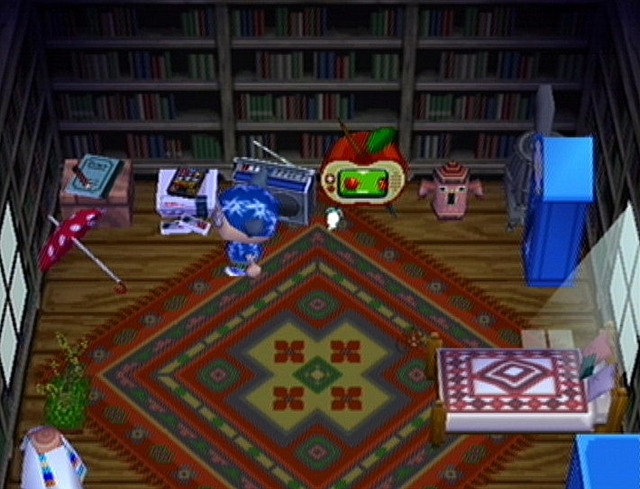




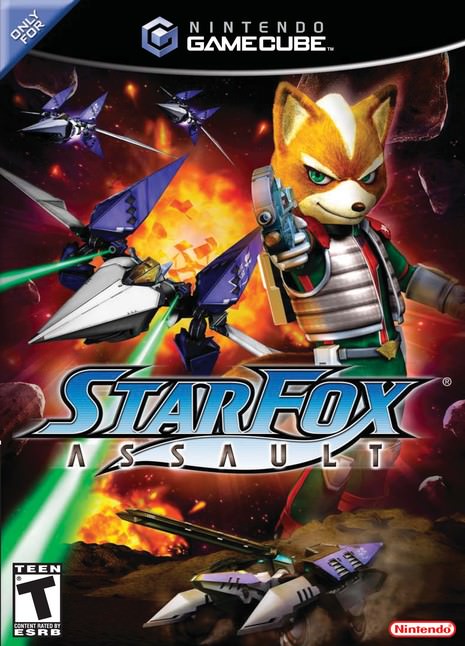










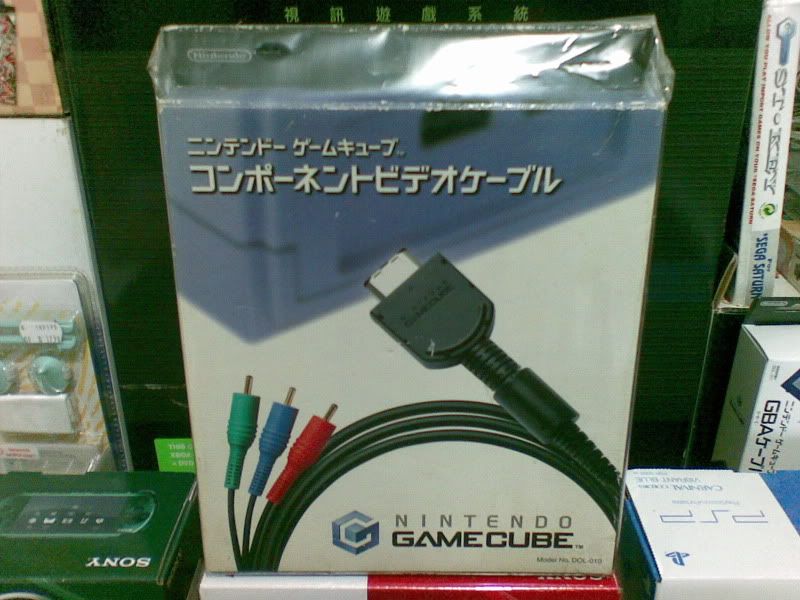













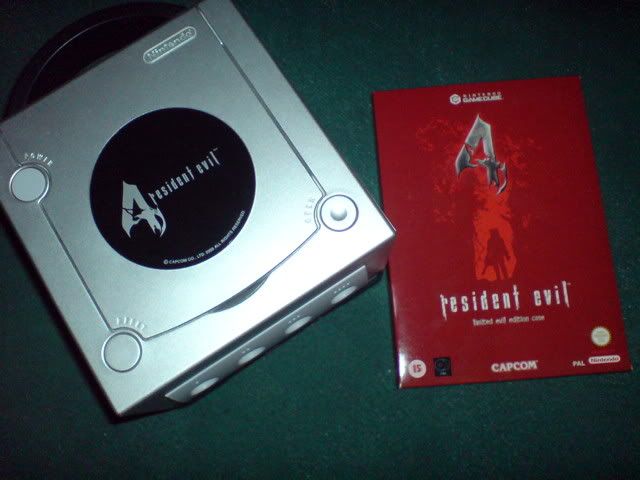


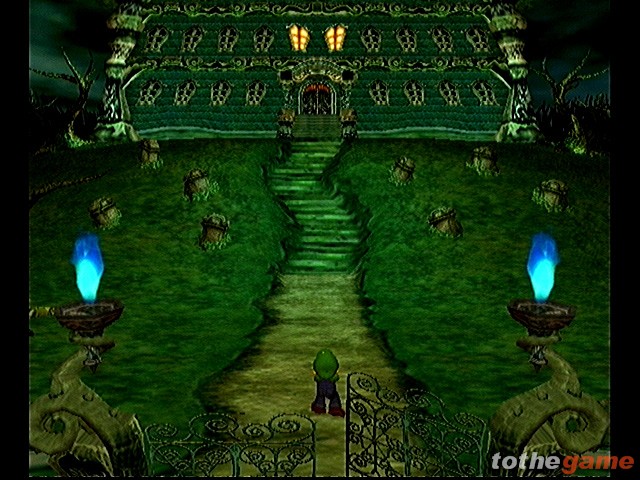





/foto/ps2/3/3981/3981.jpg/Foto+Shikigami+no+Shiro+II+(Japon%E9s).jpg)
